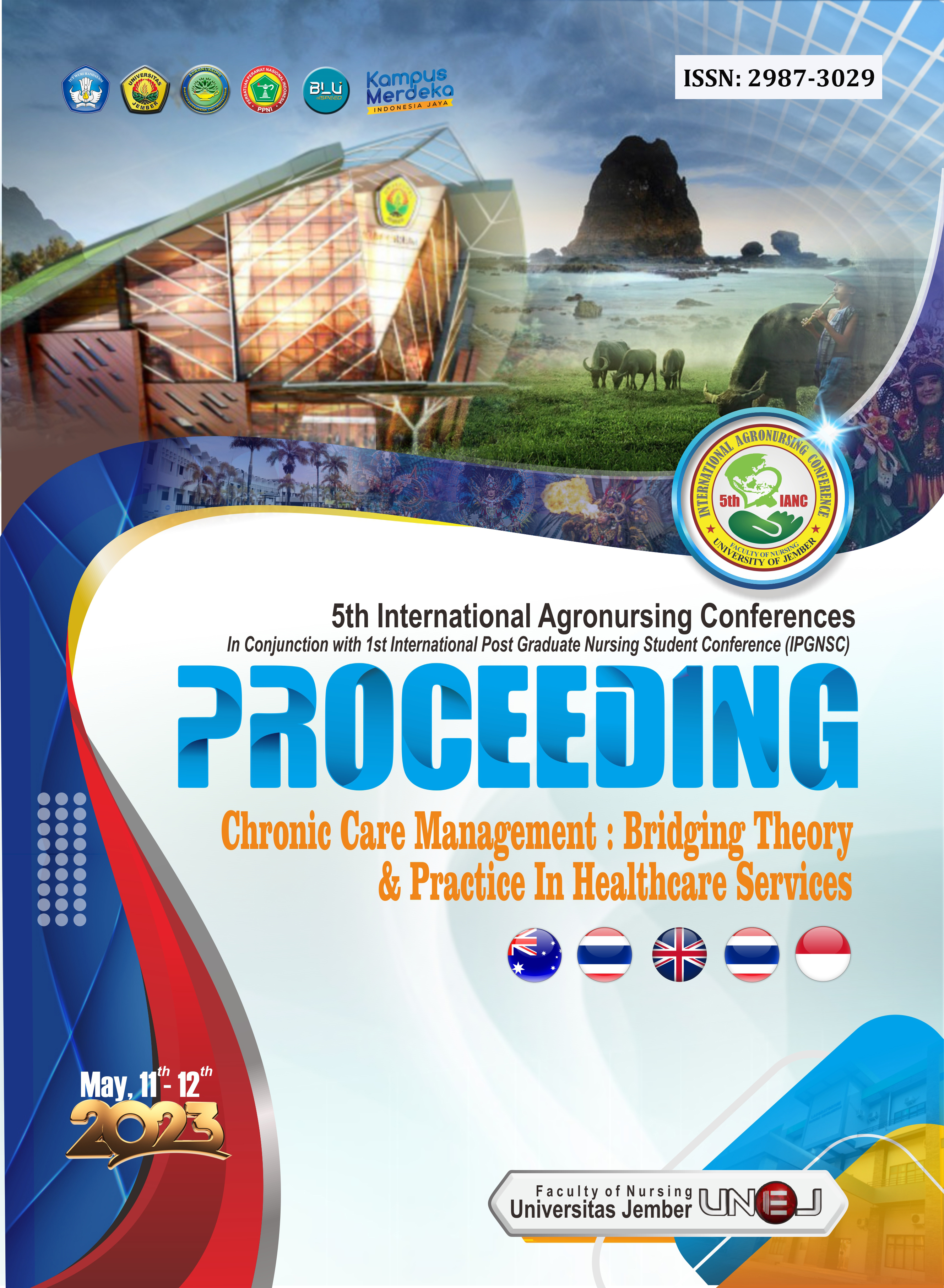THE IMPLEMENTATION OF CERDIK BEHAVIOR IN THE ELDERLY IN SUPPORT GROUP KARANG WERDHA
Abstract
Background: The increasing number of elderly people cannot be separated from health problems. The elderly will experience decreased bodily functions due to physical, psychosocial, cultural and spiritual changes. Hypertension is a state of abnormally high blood pressure, namely systolic blood pressure above 140 mmHg and diastolic blood pressure above 90 mmHg, measured at least on three different occasions. Hypertension is a chronic non-communicable disease that can reduce the patient's immune system and is very susceptible to infections and complications of metabolic diseases. Methods: This type of research is quantitative with a non-hypothetical descriptive survey research design. The population in this study were 20 people with hypertension who were members of Karang Werdha in sukorambi villages Jember using the accidental sampling technique. This research tool uses digital blood pressure measurements and CERDIK behavioral questions that have been tested for validity (0.635-0.784) and reliability (0.817). Results: The results showed that most of the respondents had an average age of 61 years, 19 of the respondents were female, 12 respondents were finished Junior High School, and 10 of the respondents worked as laborers. Classification of hypertension stage 1 as many as eight respondents. CERDIK behavior includes: Majority of 12 respondents routine health check-up, 19 respondents eliminating cigarette smoke, 18 respondents having good physical activity, 18 respondents having a good healthy eating pattern, 18 respondents having good rest, 16 respondents having good stress management. Conclusions: Health workers need support and supervision so CERDIK behavior can become a culture in treating elderly hypertension.


